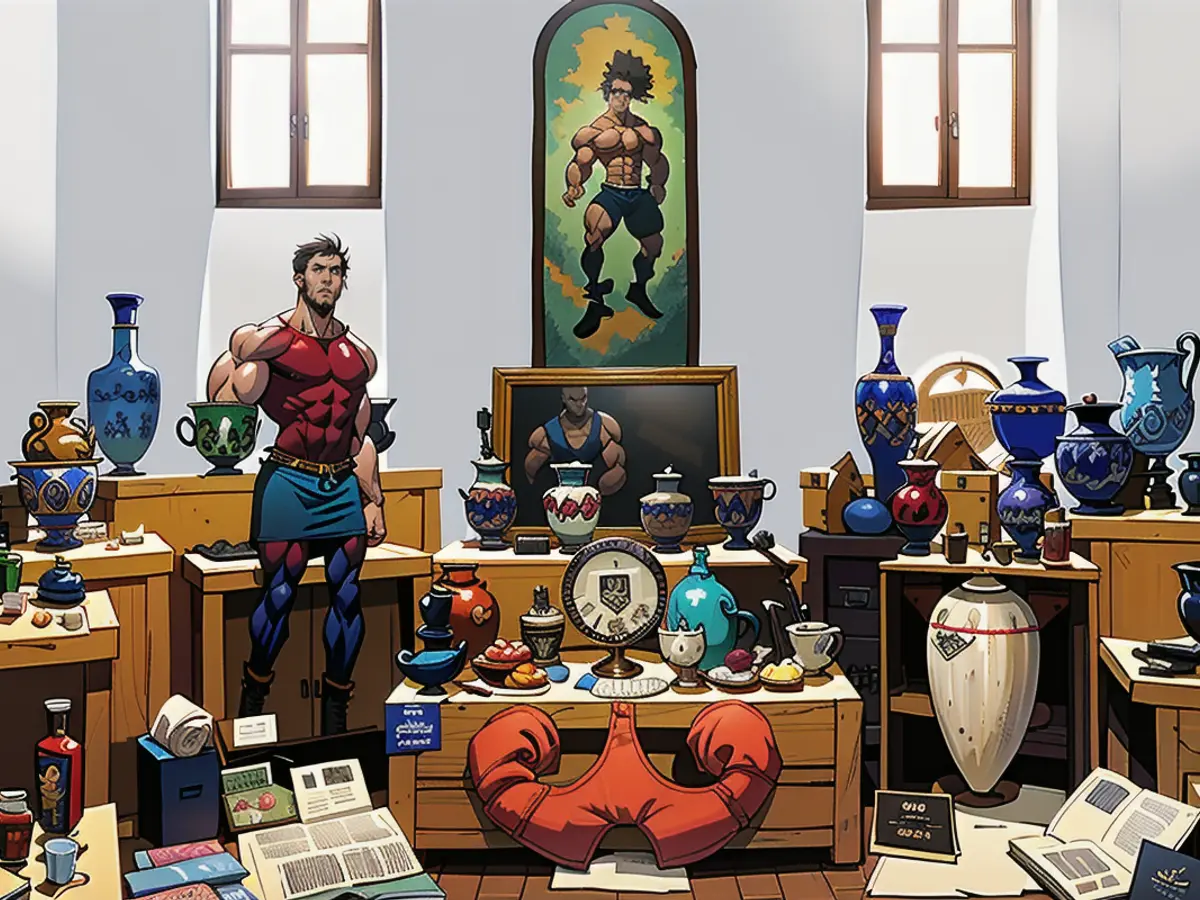Italy receives $80 million of stolen artifacts back from the US.
Including life-sized bronze statues and tiny Roman coins, oil paintings, and mosaic flooring, these assorted items span from the 9th century BC to the 2nd century AD. This collection, all stolen and trafficked art pieces, amounts to one year's worth of art that was seized and returned to Italy by Manhattan prosecutor Col. Matthew Bogdanos and his team.
Many of these trafficked items were plundered from the Italian regions of Lazio, Campania, Puglia, Calabria, and Sicily and hidden in New York and New Jersey. The estimated worth of these recovered works is more than $80 million (or roughly €73.6 million). However, this only scratches the surface of the stolen artwork still hidden away in private storage facilities and on display in US museums. Bogdanos mentioned to CNN on Tuesday that this amount doesn't include the 100 other items his team has just confiscated in the US.
The difficulty in locating and returning stolen artifacts is that authorities frequently don't have a clear idea of what they're searching for. General D. Francesco Gargaro, the commander of the Carabinieri for the Protection of Cultural Heritage, highlighted this issue: "When artifacts are taken from clandestine graves, they have never been cataloged. This means that, in addition to the items themselves, their historical context was stolen, preventing archaeologists from gaining important information." Essentially, investigators must rely on paperwork, provenance claims, and technical tests to confirm a piece's authenticity.
A significant portion of these recently repatriated artifacts were found in clandestine excavations or stolen from churches, museums, and private individuals, noted Gargaro. For example, two bronze heads and a cuirass from the 4th-3rd century BC were taken from a gallery owner in New York. Additionally, an Umbrian bronze statue of a warrior from the 3rd century BC that was taken from an Italian museum in 1962 was found in a renowned American museum. And a mosaic floor from the mid-3rd to mid-4th century AD depicting the myth of Orpheus granting power over wild animals was recovered after being stolen from a clandestine excavation in Sicily in the early 1990s. Its last owner was a well-known collector from New York.

Italy's Carabinieri Cultural Heritage Protection unit employs artificial intelligence in their search for stolen cultural assets under a new program called "Stolen Works Of Art Detection System" (SWOADS). This technological initiative scans the web and social media for images of missing artwork.
On Tuesday, Italy's culture ministry undersecretary Gianmarco Mazzi expressed his satisfaction with the return of these stolen pieces: "The return of such invaluable cultural artifacts, both in terms of their quantity and their historical-artistic significance, is a significant milestone. They are not only works of art but also represent the pinnacle of our history, our culture, and our national identity."
In 2023, a total of 105,474 pieces of art valued at over €264 million (or $287 million) were discovered and confiscated worldwide due to the SWOADS project, per Gargaro.

Read also:
- Caught up in the present: the end of "The Crown"
- Through New Year's Eve with TV shows
- What's next for the series hits?
- Which shows will be on?
The Italian art scene is enriched with the return of stylish art pieces, including bronze statues and oil paintings, for which the US has acknowledged their theft and agreed to restitution. The restoration of these stolen artifacts, ranging from the 9th century BC to the 2nd century AD, adds a new era of elegance and historic significance to Italy's art galleries.
Source: edition.cnn.com








